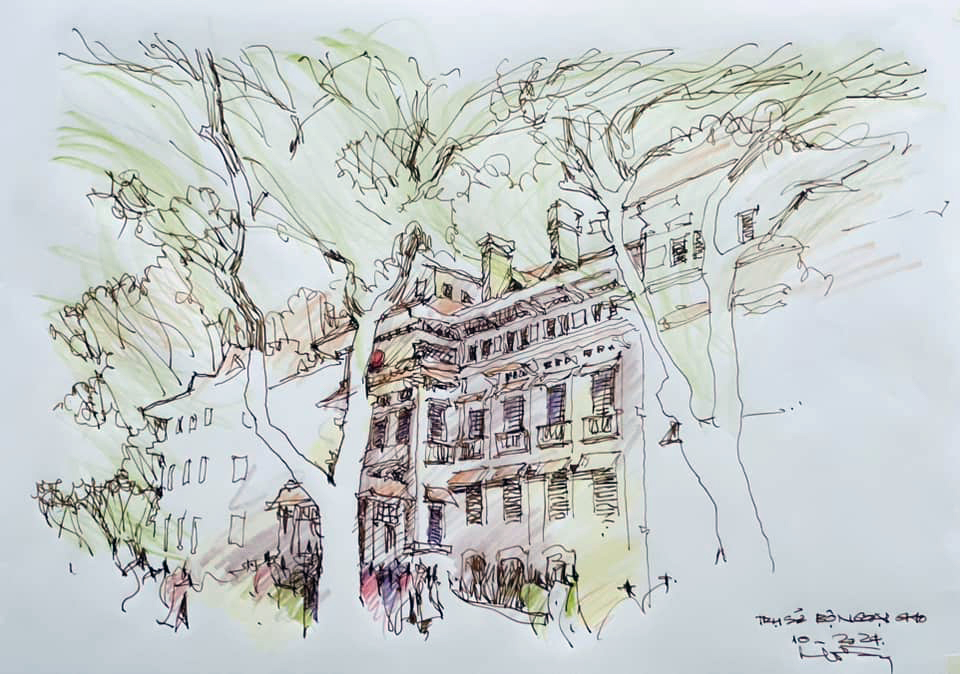
Ministry of Foreign Affairs headquarters, sketch by architect Tran Xuan Hong
Initially, this was the Indochina Finance Department building, designed by the famous French architect of the time, Ernest Hébrard, completed in 1928. After 1945, the building became the headquarters of the Ministry of Foreign Affairs until now.
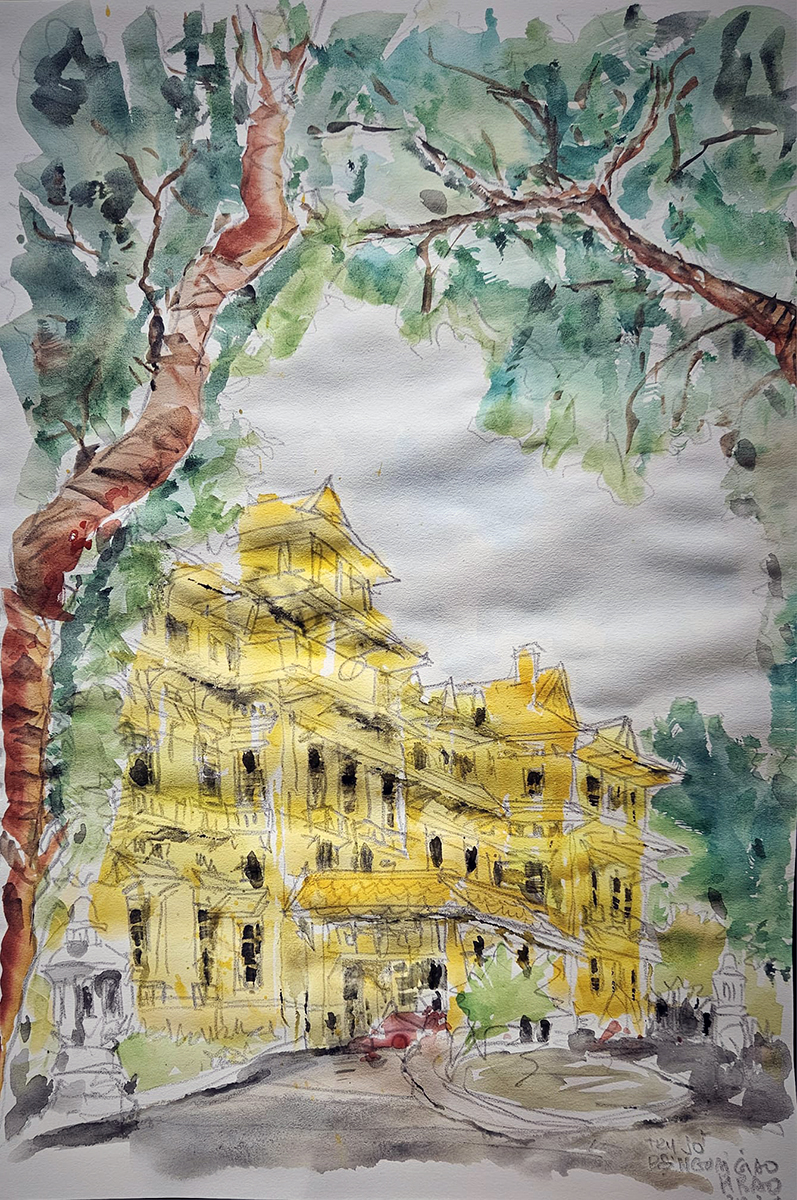
Sketch by Architect Bui Hoang Bao
The building has a 4-storey main block overlooking the square, a 3-storey rear block overlooking the park. The H-shaped ground plan is symmetrical through the main axis like the French administrative buildings of that time. However, the solutions and architectural details have been delicately processed to suit the local architecture and climate (*). Not only does it have the Nguyen Dynasty's royal architecture style of "trung thiem" (roof on roof), but the roof, chimney, windows, and lobby also have roofs..., a total of about 100 roofs, so the building is also called "the building of a hundred roofs". The long roof helps reduce direct solar radiation and avoid rain splashes. The architectural design is suitable for tropical climates with walls up to 80 cm thick, so it is well insulated, and the louver system and louvered doors increase air convection.

Sketch by Architect Tran Xuan Hong

Sketch by designer Le Quang Khanh
As an urban architectural heritage of Hanoi , in 2016, the project was recognized as a national monument.
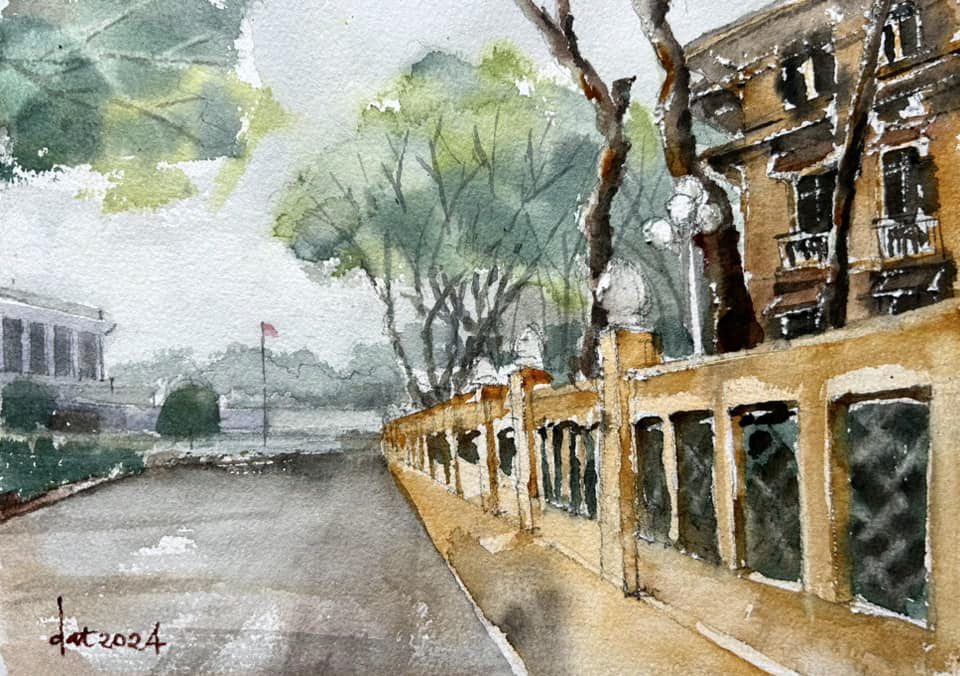
Sketch by Architect Hoang Huu Dat
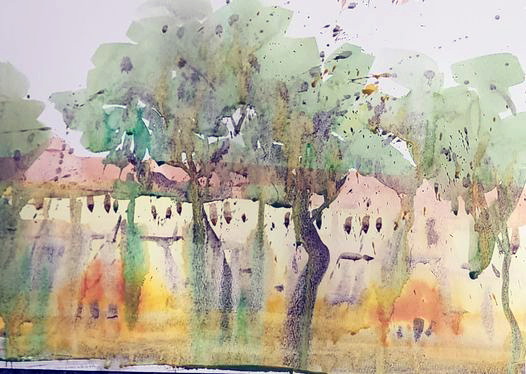
Painting by Architect Phung The Huy
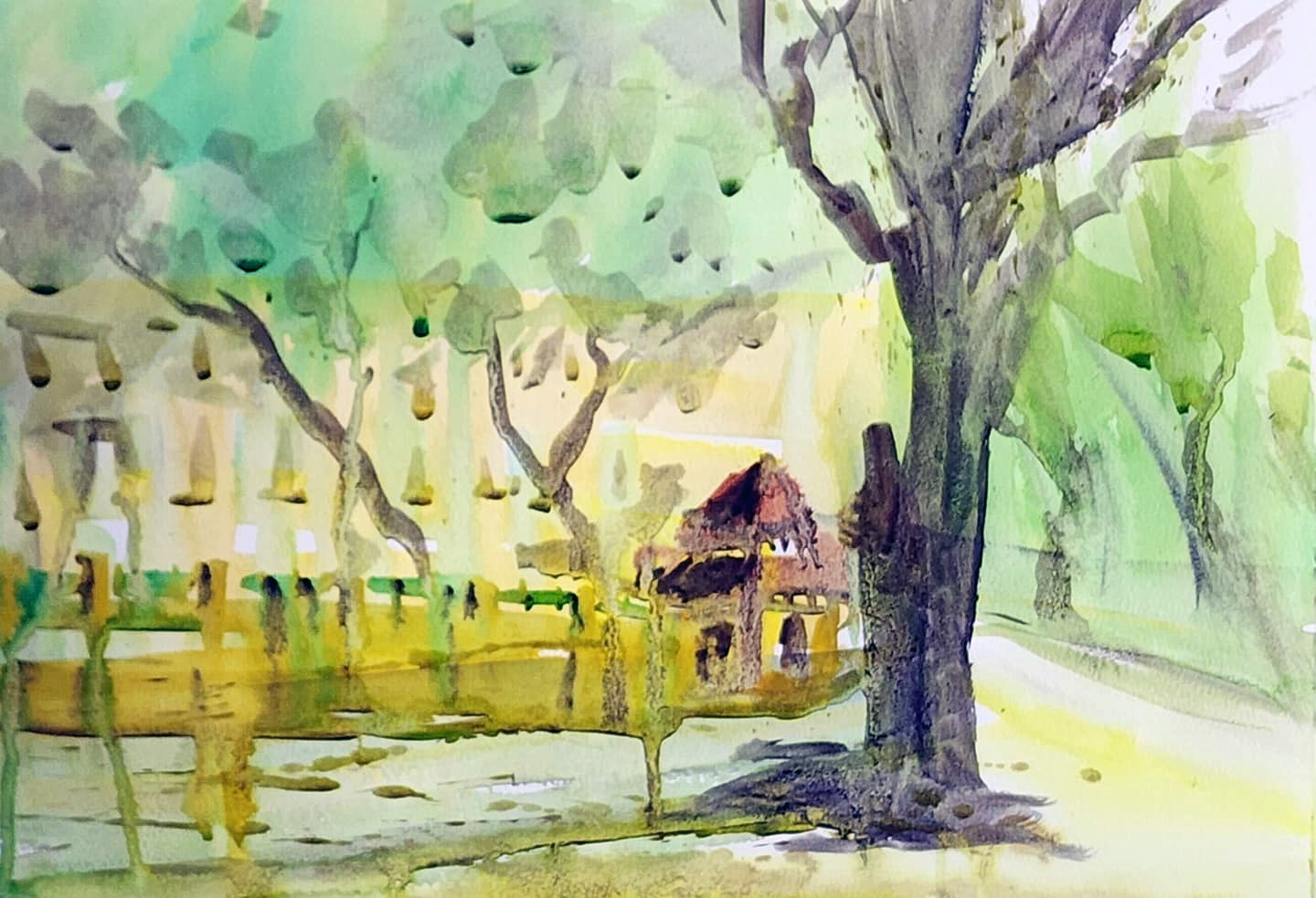
Sketch by Architect Phung The Huy
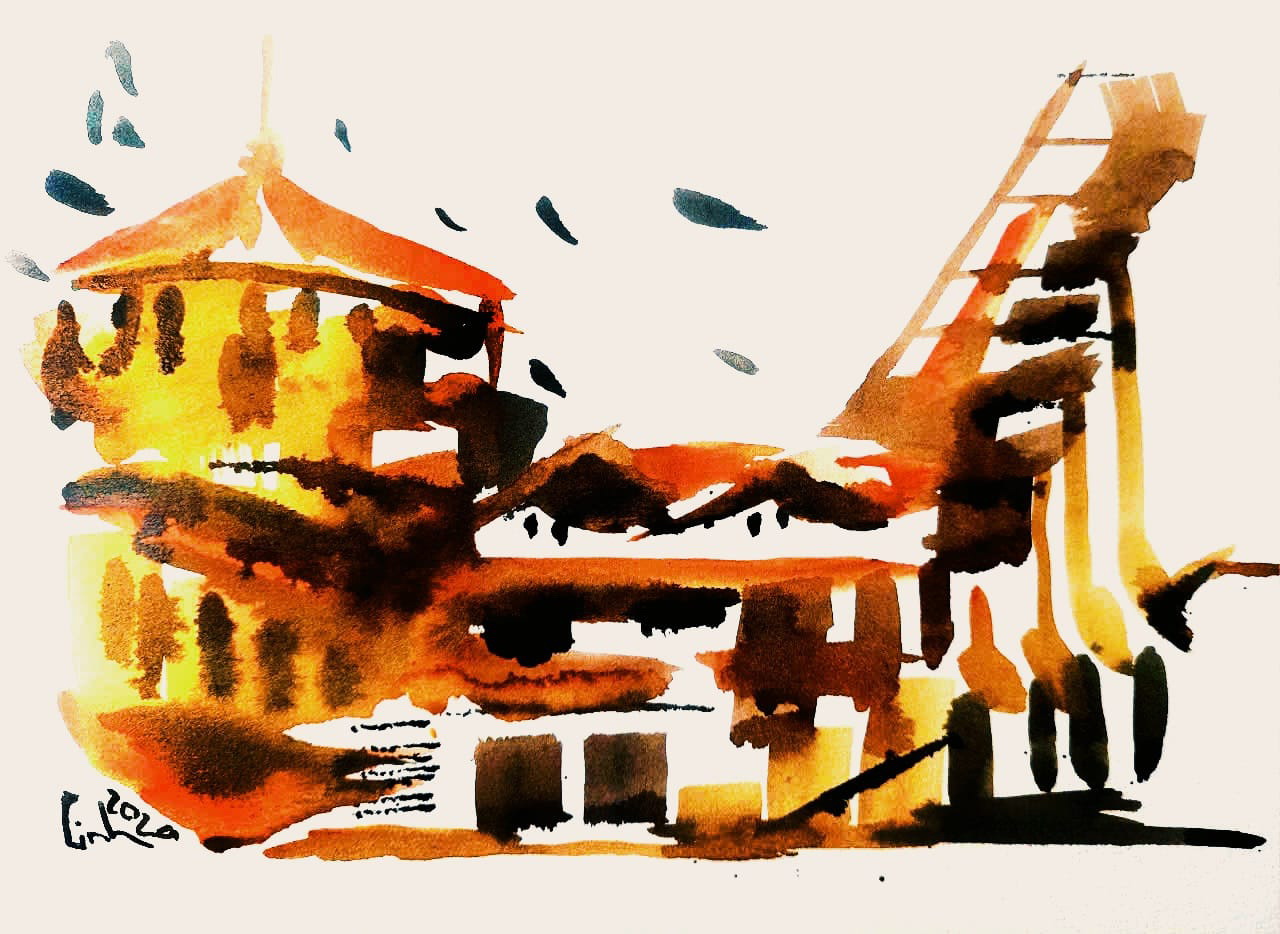
Sketch by Architect Linh Hoang
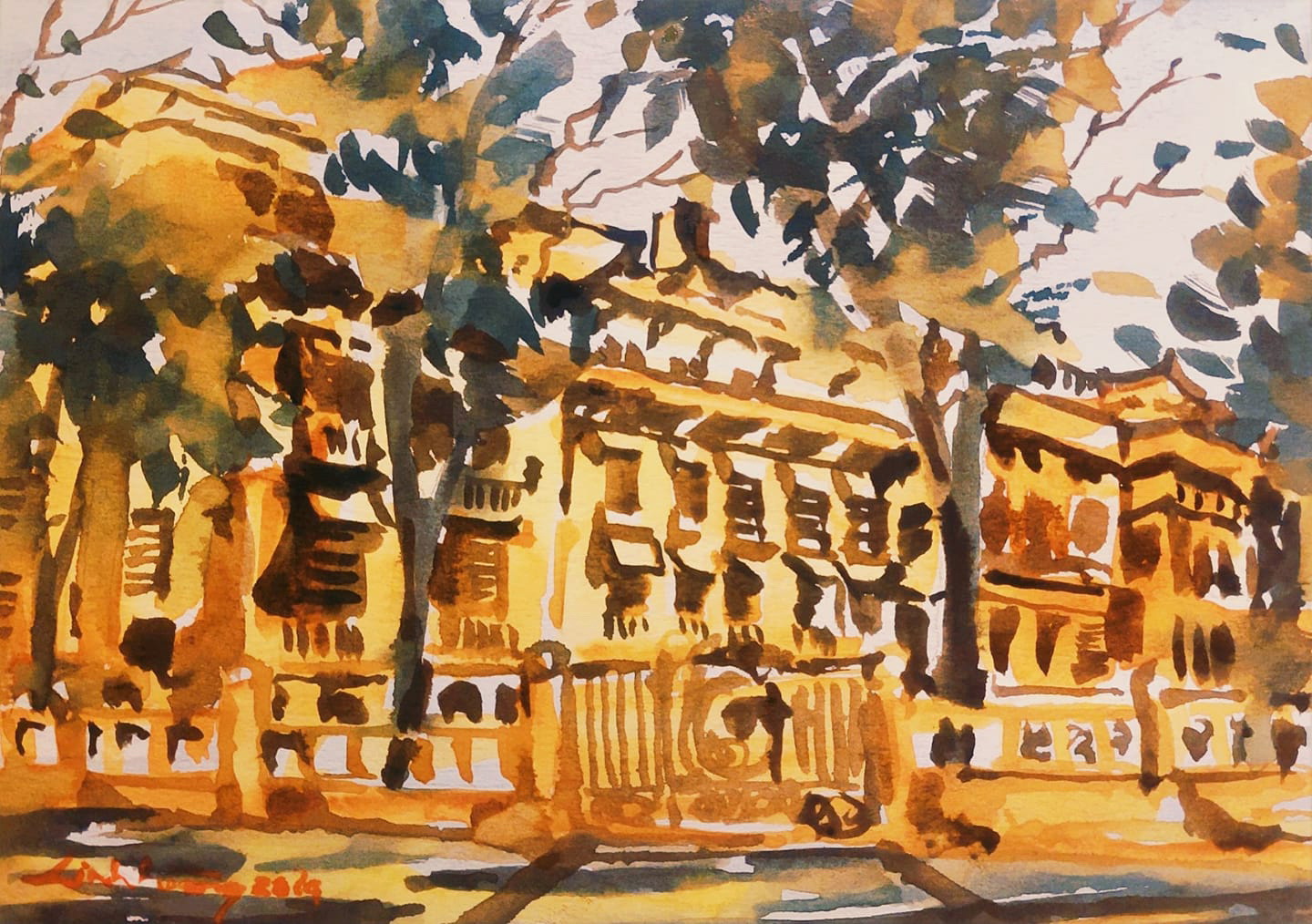
Sketch by Architect Linh Hoang
(*): This is the Indochinese architectural style (a blend of Western architecture and traditional Indochinese and Chinese architecture) proposed by architect Ernest Hébrard, which greatly influenced Vietnamese architectural works during the French colonial period.
Source: https://thanhnien.vn/toa-nha-tram-mai-doc-dao-o-ha-noi-185241026212617488.htm




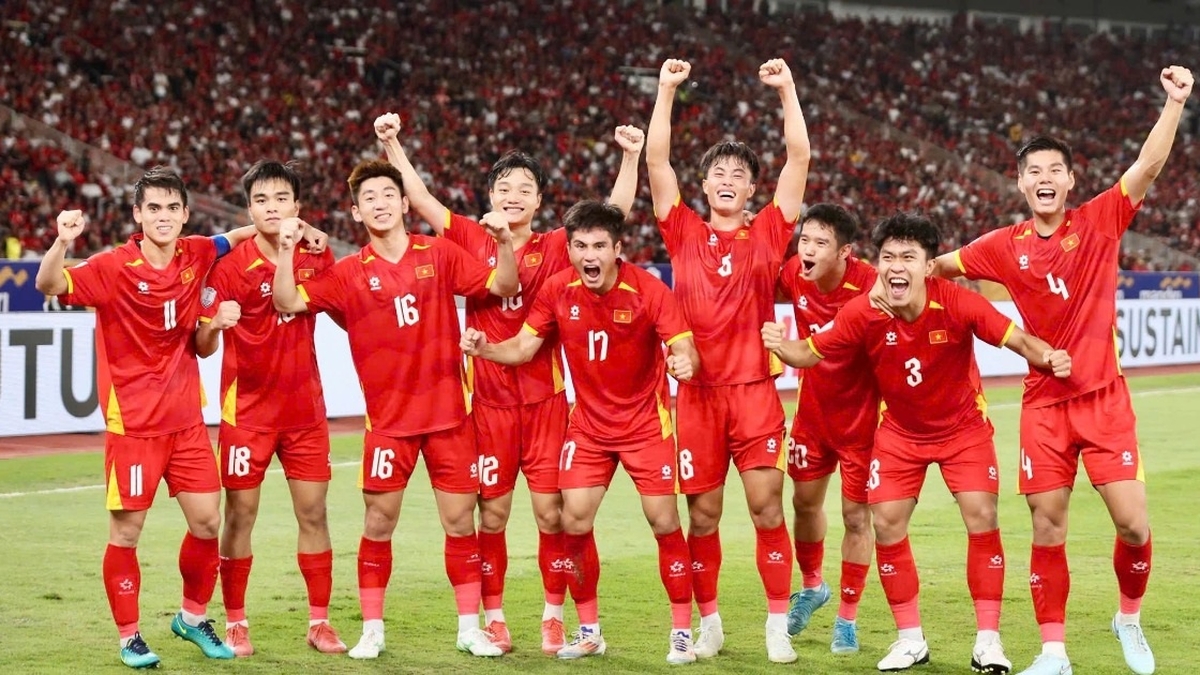
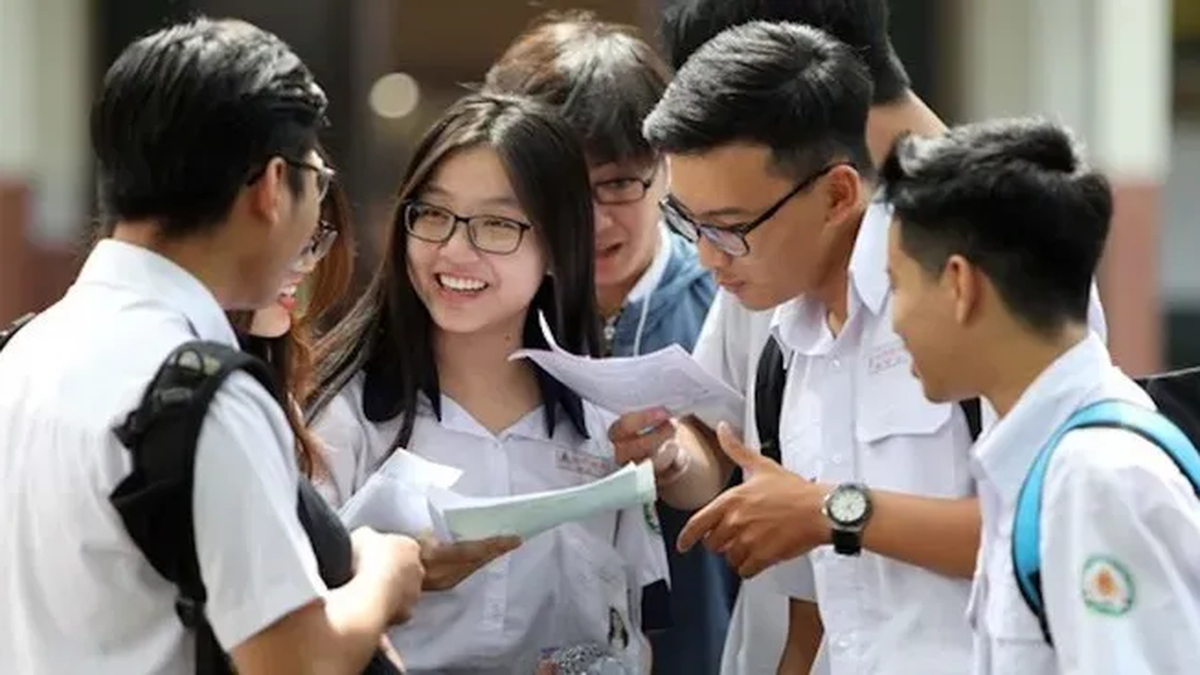
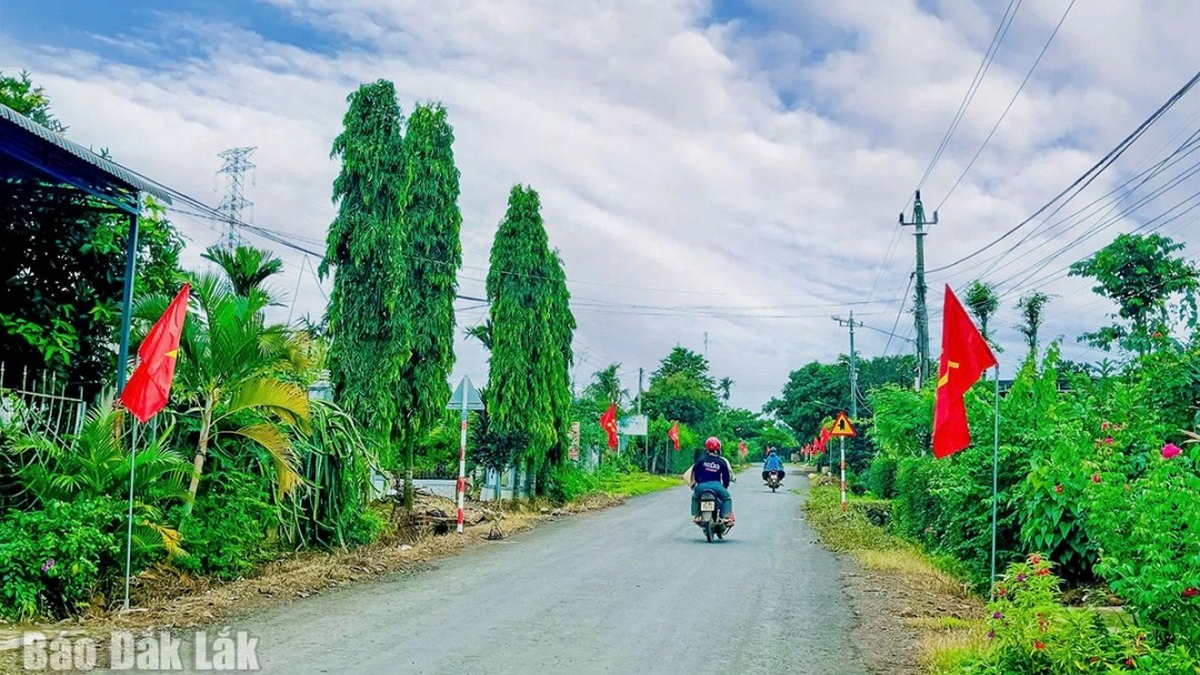
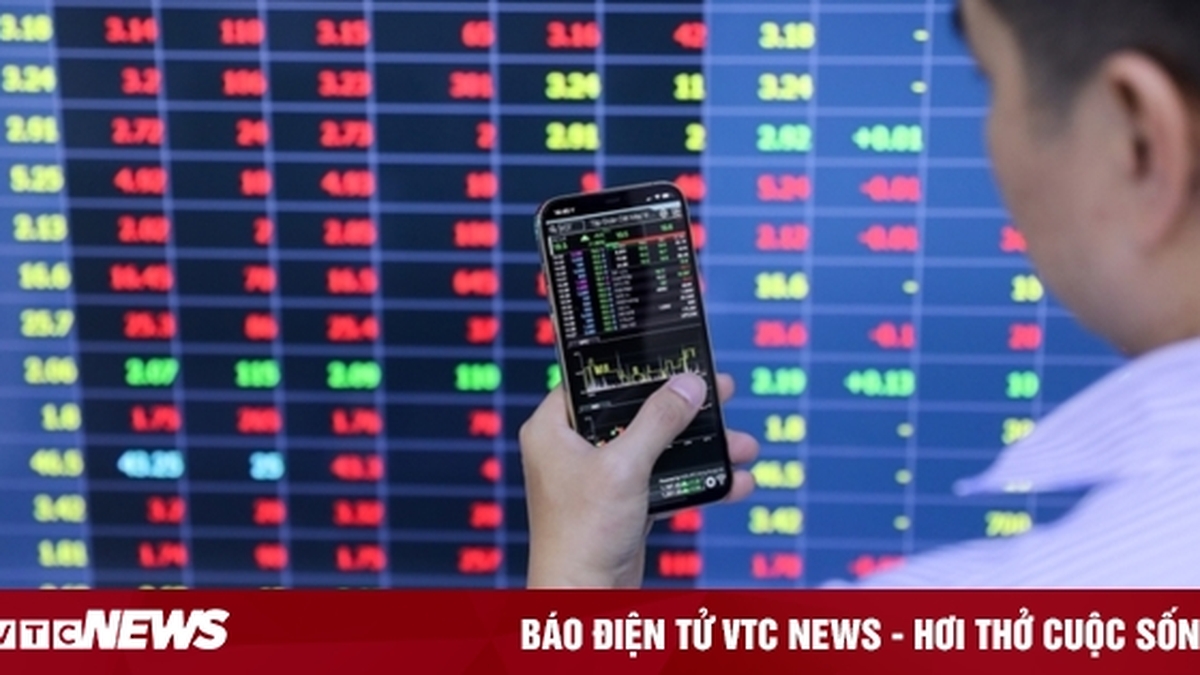
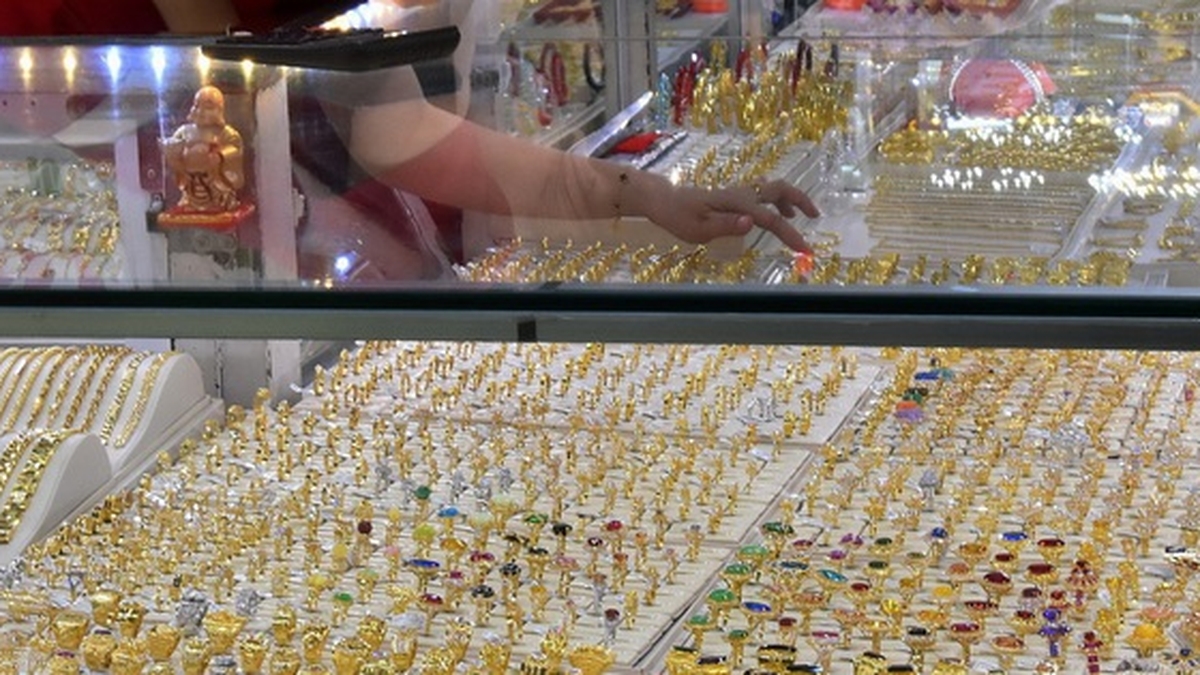
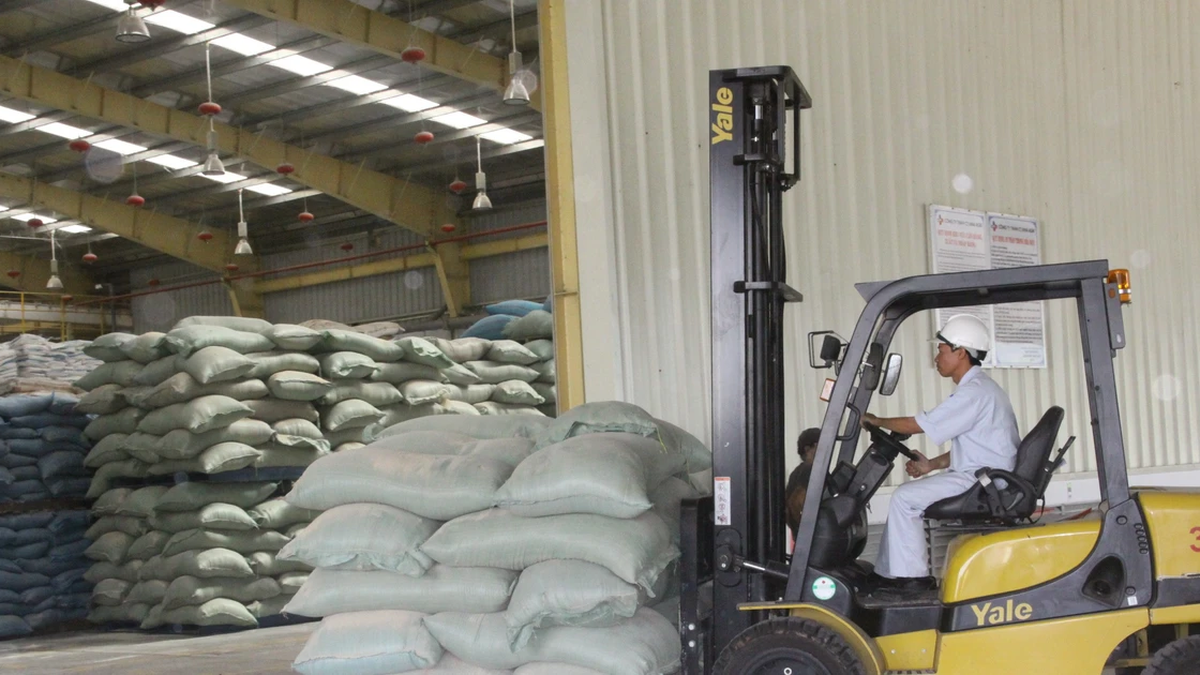
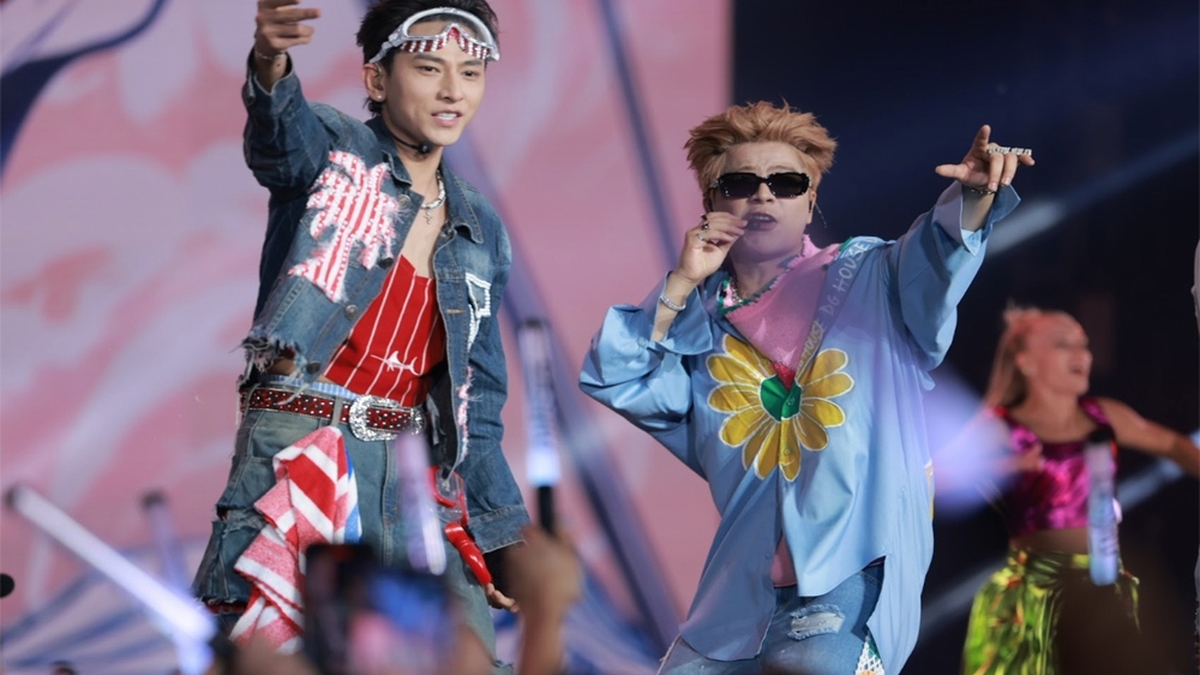













![[Photo] National Assembly Chairman attends the seminar "Building and operating an international financial center and recommendations for Vietnam"](https://vphoto.vietnam.vn/thumb/1200x675/vietnam/resource/IMAGE/2025/7/28/76393436936e457db31ec84433289f72)


















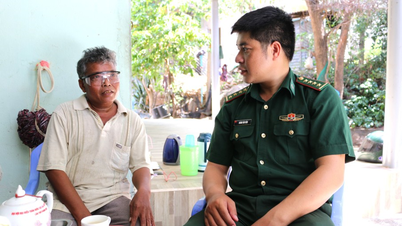












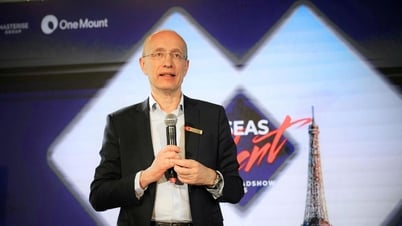




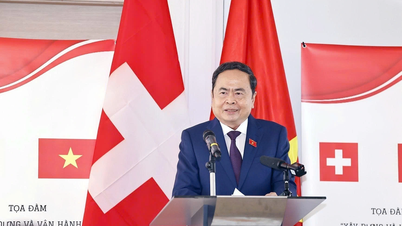


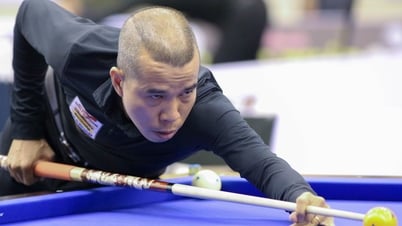
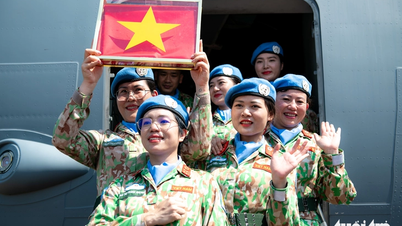


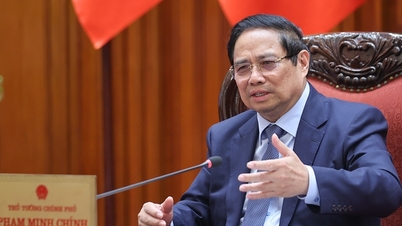
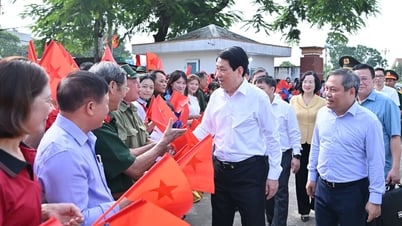


























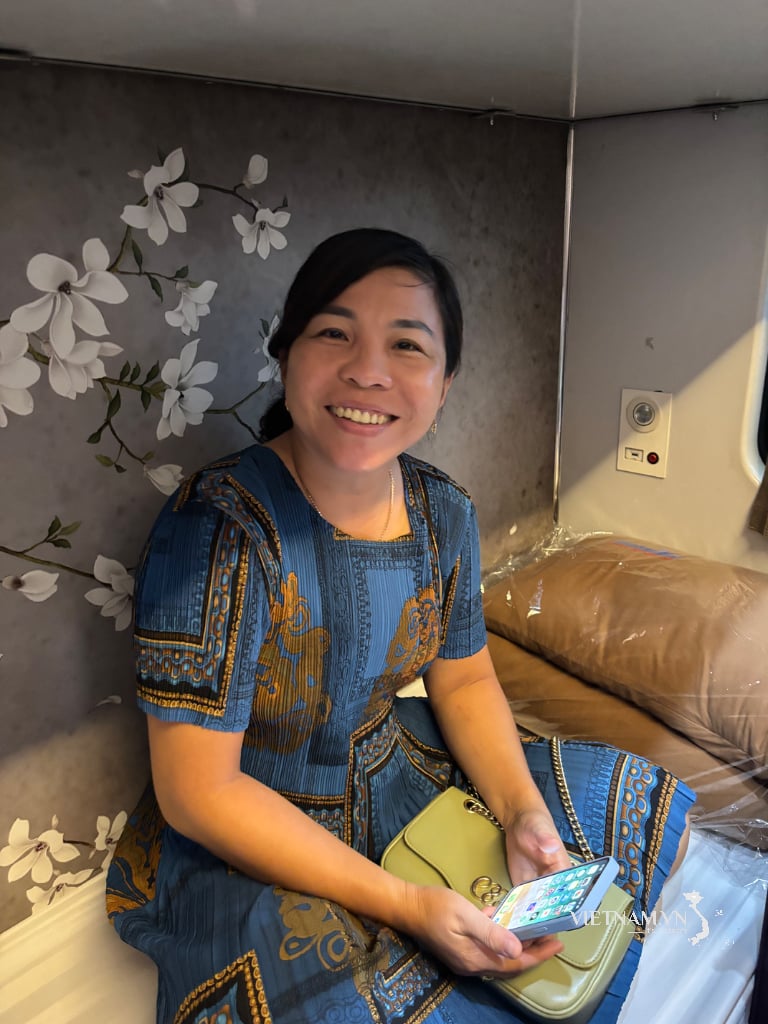
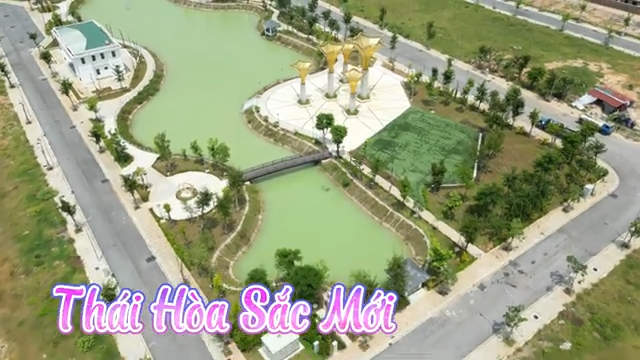

Comment (0)